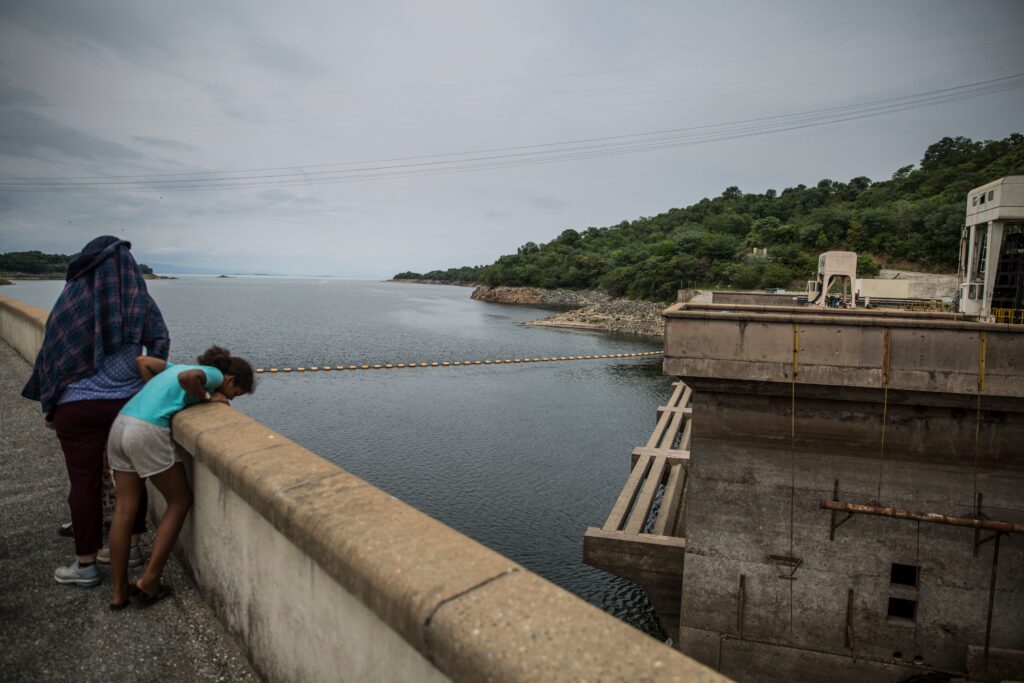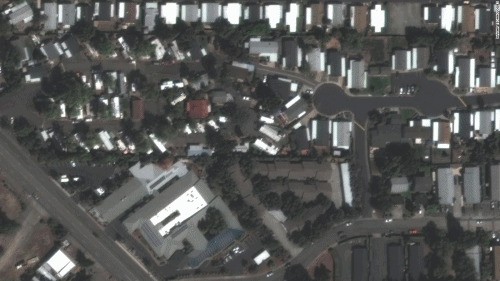Water levels in Zimbabwe’s biggest dam too low for power – Zimbabweans without power for 19 hours a day – “The dam no longer has any usable water to continue undertaking power generation operations”

By David Henning
9 December 2022
Lake Kariba, the world’s largest artificial lake, has recorded low dam levels during the drought, currently standing at 4.6%, according to the Zambezi River Authority (ZRA).
The ZRA limited the generation of Kariba’s hydroelectric power stations to 300 megawatts owing to the reduced water levels, and Zimbabweans are having to endure as much as 19-hour power outages daily.
The dam levels are more than 20% lower than the previous year, according to ZRA’s data, with levels close to those reached in the 1995/96 season, the lowest level recorded since the dam was completed in 1959.
With droughts becoming a recurring thing in Zimbabwe, the government is prioritising drought-resistant crops, Zimbabwe’s Secretary in the Ministry of Lands, Agriculture, Fisheries, Water and Rural Development John Basera, told Xinhua.
Although there are predictions that the current situation could improve, the rainfall forecast for the upcoming season expected the be ‘normal-to-above normal’ the ZRA commented, where they have ‘optimised the water allocation for 2023.’
Kariba Dam levels could reach record low as drought continues

Depleted Kariba Dam leaves Zimbabweans without power for 19 hours a day
By Ray Ndlovu
6 December 2022
(Bloomberg) – Zimbabweans are being subjected to 19 hours of power cuts a day, because there is insufficient water in the Kariba dam to drive the nation’s main hydropower plant.
The worst outages since 2019 are wreaking havoc, causing snarl-ups in Harare, the capital, where most traffic lights are no longer working, and interrupting mobile phone services because batteries used to run base stations don’t have time to recharge. Supermarkets, restaurants and some other businesses rely on generators to keep operating, but they are unable to run them perpetually for an extended period.
“Kariba generates almost half of our power needs, which is why a reduction in its generation capacity immediately registers throughout our economy and in our lives,” Zimbabwean President Emmerson Mnangagwa wrote in his weekly column in state media on Sunday.
The level of usable water in Kariba, which is the world’s largest man-made reservoir and is tapped by both Zambia and Zimbabwe, stood at 4.1% as of Nov. 28, a record low, according to the Zambezi River Authority, which manages water supply for the two southern African nations.
Zimbabwe has used up its water allocation from Kariba this year and was drawing 200 megawatts of power from the dam’s hydropower plant on Monday, less than a fifth of the installed capacity it should be able to access, according to data on the Zimbabwe Power Company website.
“Kariba will not shut down completely,” Soda Zhemu, the energy minister, said in an emailed statement. The authorities plan to increase power imports from South Africa and Mozambique, and ramp up production from its antiquated coal-fired power stations in Hwange to at least 400 megawatts to help add capacity to the grid, he said.
Zambia will start rolling blackouts from December 15 that will last for six hours at a stretch and only affect residential areas, Energy Minister Peter Kapala, told lawmakers on December 2.
Depleted Kariba Dam leaves Zimbabweans without power for 19 hours a day

By Farai Mutsaka
28 November 2022
HARARE, Zimbabwe (AP) – Electricity shortages that have been plaguing Zimbabwe are set to worsen after an authority that manages the country’s biggest dam said water levels are now too low to continue power generation activities.
The Zambezi River Authority, which runs the Kariba Dam jointly owned by Zimbabwe and neighboring Zambia, said in a letter dated 25 November 2022 that water levels are at a record low and electricity generation must stop.
The Kariba South Hydro Power Station provides Zimbabwe with about 70% of its electricity and has been producing significantly less than its capacity of 1,050 megawatts in recent years due to receding water levels caused by droughts. The Kariba plant has been generating 572 megawatts of the 782 megawatts of electricity produced in the country, according to the website of the state-run power firm, Zimbabwe Power Company.
The dam “no longer has any usable water to continue undertaking power generation operations,” said the authority’s chief executive officer, Munyaradzi Munodawafa, in a letter to the Zimbabwe Power Company. The authority “is left with no choice” except to “wholly suspend” power generation activities pending a review in January when water levels are expected to have improved, said Munodawafa in the letter seen by The Associated Press and widely reported in local media.
The authority has been reporting low levels of water at Kariba Dam during this period preceding the rainy season in recent years, but not enough to shut down power generation activities.
Coal fired power stations that also provide some electricity are unreliable due to aging infrastructure that constantly breaks down, while the country’s solar potential is yet to be fully developed to meaningfully augment supply. Households and industries have been going for hours, and at times days, without electricity due to shortages in recent months.
The State-run Herald newspaper reported on Monday that an ongoing expansion of a major coal-fired power station, Hwange, could help plug the shortages exacerbated by the Kariba plant shutdown if it goes live by year-end as scheduled.


